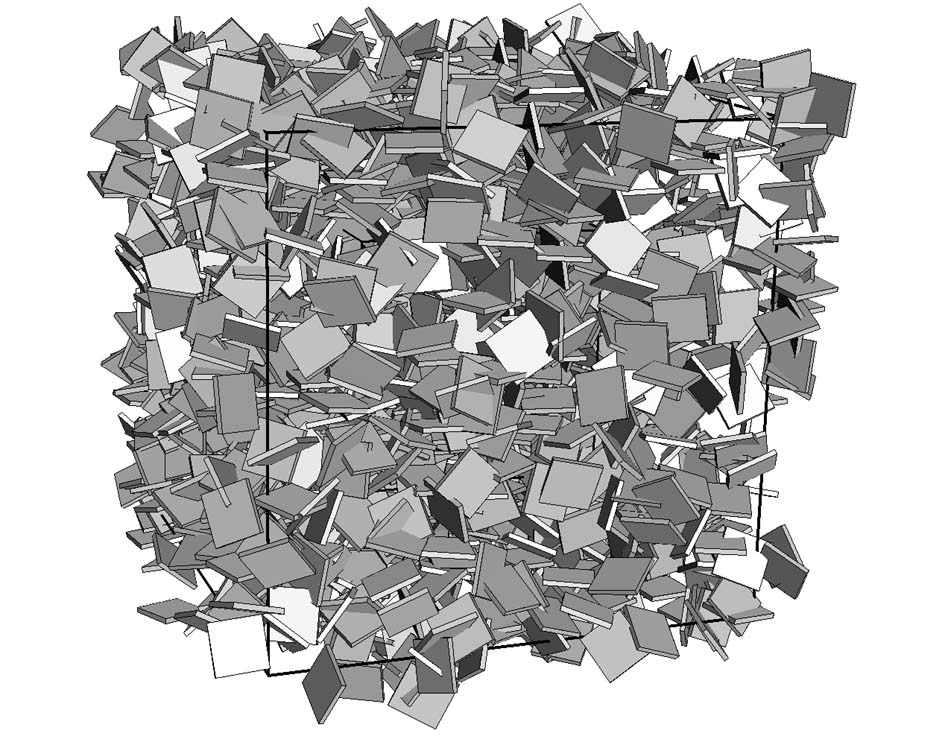MICHAEL MANGA
Research Interests
I study geological processes involving fluids, including problems in physical
volcanology, geodynamics, hydrogeology, and geomorphology. Though the range
of topics may appear diverse, the common theme is an attempt to develop
a better quantitative understanding of physical processes operating in
the Earth. Depending on the nature of the problem, I have used some combination
of theoretical, numerical and experimental approaches. Because we are trying
to understand natural systems, integrating observations and field data
(both of active processes and recorded in the geologic record) with theoretical
and model results is also an essential component of my research.
Some recent questions we have been trying to answer:
- Why do volcanoes (only sometimes) erupt explosively?
- How do distant earthquake affect volcanic and geyser eruptions?
- How do crystals and bubbles affect the rheology of magmas?
- How do pyroclastic flows interact with water?
- Why does streamflow increase after earthquakes?
- How does the internal structure of the mantle affect the formation
and evolution of mantle plumes? Are there compositionally
distinct layers at the base of the mantle? and do they influence the
formation of plumes?
- What processes initiated the large outburst floods on Mars?
- What is the volcanic history of Mars and what does this
history imply for the evolution of its interior?
- Were there large oceans on Mars?
- Can long period seismology determine the internal structure of Europa
(thickness of the ice shell; thermal state of the rocky interior)?
- How can liquid water erupt onto the surfaces on the icy satellites?
- How does large woody debris influence the hydraulics and morphology
of stream channels?
Often
the fluid mechanics that we need to understand has not yet been studied.
Consequently, my research typically involves new contributions in applied
mechanics. Recent contributions include studies of convection, the properties
and dynamics of suspensions, flow and transport in porous materials, percolation
theory, and high pressure mineral physics.
THREE examples of pictures illustrating our work are shown below.

1) Oblate crystals forming an interconnected network
(from the work of graduate student Martin Saar, published in Earth
and Planetary Science Letters in 2001)

2) Stretched bubble (about 100 microns long) in obsidian;
from its shape we can infer both the flow type and strain rate
(from the work of graduate student Alison Rust)

3) Stereonets illustrating the 3D orientation distribution of
rod-shaped microlites at Obsidian Dome, CA
(from the work of Jon Castro, published in Earth and Planetary Science Letters in 2002)
Return to Michael's
home page


